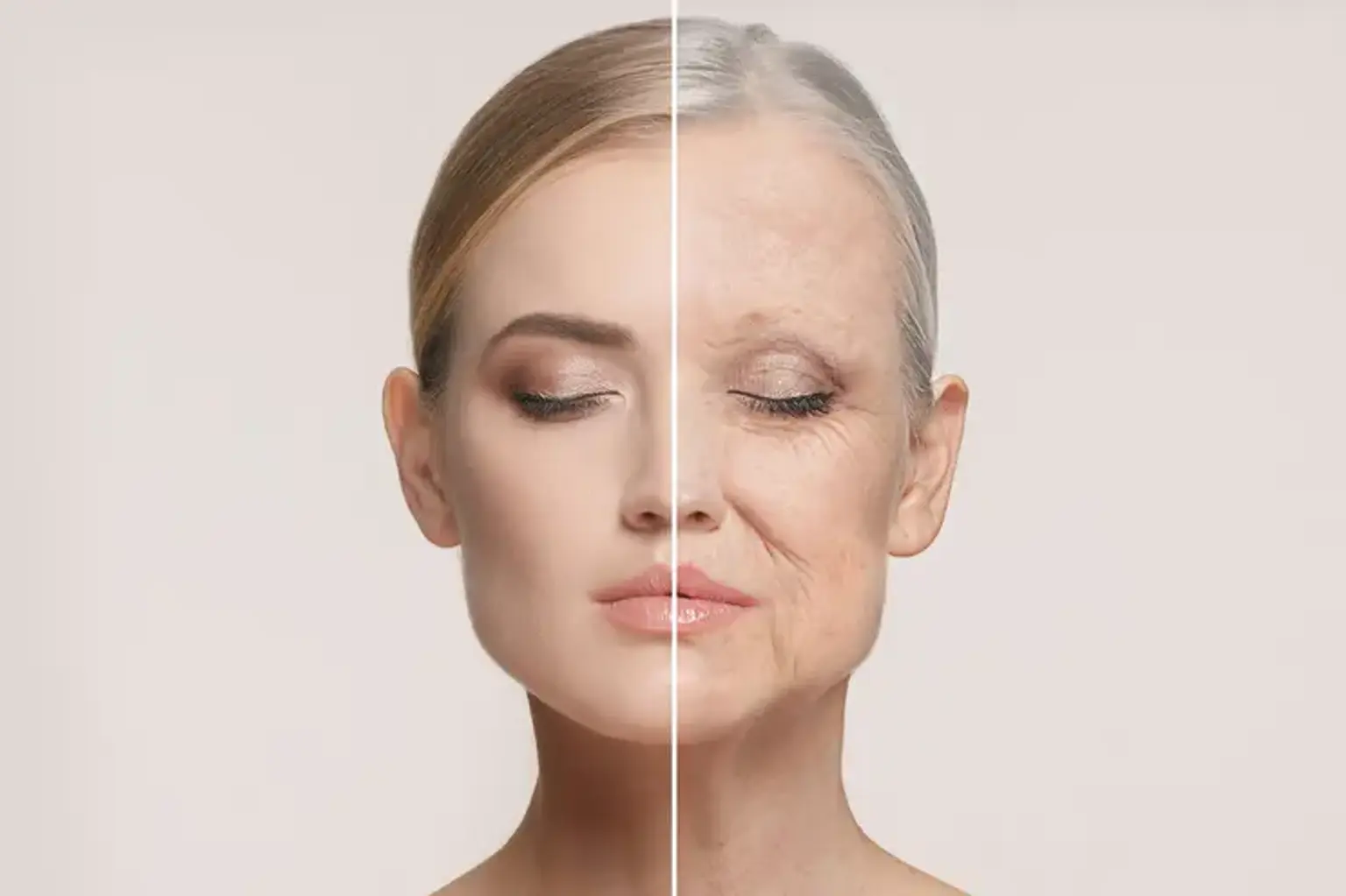Introduction
As we age, the skin naturally loses some of its elasticity, leading to the formation of wrinkles and fine lines. In today’s fast-paced world, the demand for wrinkle treatments has soared, as people increasingly seek to maintain a youthful, smooth appearance. With advancements in cosmetic procedures, there are now a variety of safe and effective solutions that can restore skin's firmness and smoothness. Among these, Korean cosmetic procedures are gaining worldwide popularity for their innovation, quality, and non-invasive options.
In Korea, wrinkle treatments are not just about aesthetics—they are also deeply integrated into the country's skincare culture. Korean beauty (or K-beauty) has long been known for its focus on healthy, glowing skin, and this philosophy extends to its wrinkle reduction treatments. Whether you're looking for Botox in Korea, dermal fillers, or non-invasive wrinkle treatments, the country offers some of the best options for those seeking smoother, youthful skin.
The Impact of Facial Aging: Understanding Wrinkles and Volume Loss
Wrinkles are a natural part of the aging process, primarily caused by the loss of collagen and elastin—two proteins essential for maintaining skin’s structure and elasticity. As we get older, the production of these proteins decreases, and our skin becomes thinner and less supple. This leads to the development of dynamic wrinkles, like crow's feet and forehead lines, and static wrinkles, which are visible even when the face is at rest.
In addition to collagen loss, volume loss is another key factor in facial aging. As we age, fat pads under the skin begin to shrink and shift, contributing to a hollowed or sunken appearance, particularly around the cheeks and under the eyes. This volume loss can make wrinkles appear deeper and more pronounced.
To address these concerns, modern wrinkle treatments in Korea focus not only on smoothing out visible lines but also on restoring facial volume and elasticity. Procedures like dermal fillers, hyaluronic acid injections, and skin tightening are effective in combating these issues by stimulating collagen production, restoring volume, and reducing the appearance of wrinkles. These treatments offer a non-surgical alternative to more invasive procedures, allowing individuals to look younger without the need for downtime.
By understanding the causes of aging, patients can make informed decisions about which treatments will best address their needs and restore their skin’s youthful glow.
